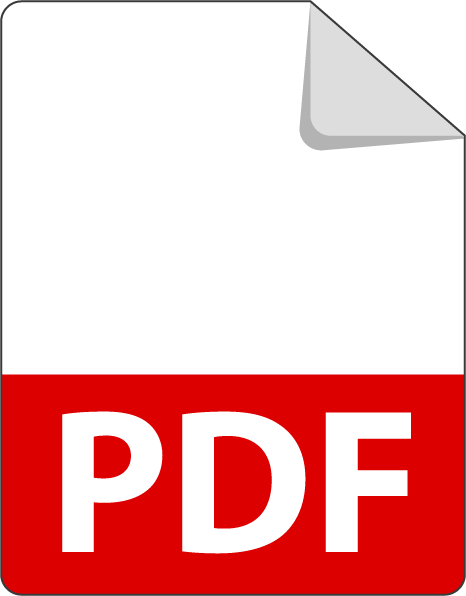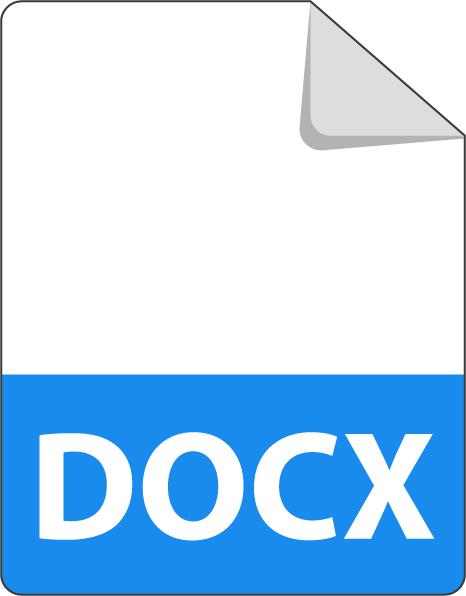Case Study: Dr. T
Patient ID 028
Spinal Stenosis, 3 months Post Surgery: ADLs During Breakfast
Dr. T's videos provide a case with rich learning opportunities, due to the complexity of his condition, the family conference video, and the cultural considerations relevant to Dr. T and his family. There are many learning activities that can be used to achieve diverse learning objectives using Dr. T's case.
The examples provided are merely examples and should not be considered an answer key or the only correct way of completing the activities. For example, learners may write different goals, choose different evidence to support their decisions, choose different models of practice or frames of reference to guide their decisions, and may describe the types of clinical reasoning in different situations. This also allows learners to explain their decisions and further develop their inductive reasoning skills. Faculty may then provide feedback that is relevant for specific learning objectives and consistent with principles of case-based learning.
Medical History
Dr. T’s Medical History can be useful in framing the case and developing an occupational profile.
Student Version
Faculty Version
Occupational Therapy Initial Evaluation
Watch the following video titles in the ICE Video Library, and then complete the Initial Evaluation Form. Although videos demonstrate some intervention activities, use them to assess motion and functional skills.
(Note: Recommend turning on closed caption feature as Dr. T demonstrates decreased speech volume)
Spinal Stenosis, 3 months Post Surgery: Jan Davis Speaks with the Family (14:36)
Spinal Stenosis, 3 months Post Surgery: Sit to Stand (4:43)
Spinal Stenosis, 3 months Post Surgery: Ambulation 1 (2:15)
Spinal Stenosis, 3 months Post Surgery: ADLS During Breakfast (4:32)
Spinal Stenosis, 3 months Post Surgery: Balloon Toss (2:01)
Student Version
Faculty Version
Learning Activities
These examples demonstrate how the activities may facilitate achievement of learning objectives. Download the blank Learning Activity forms to modify or remove sections to your needs, which can be assigned to students. Watch the suggested videos and view the completed examples below to understand the possible depth and breadth of student assignment responses.
Review the following videos, with a focus on therapist actions and patient outcomes. WHY does the therapist do what he/she does? How does the patient respond?
(Note: Recommend turning on closed caption feature as Dr. T demonstrates decreased speech volume)
Spinal Stenosis, 3 months Post Surgery: Jan Davis Speaks with the Family (14:36)
Spinal Stenosis, 3 months Post Surgery: Sit to Stand (4:43)
Spinal Stenosis, 3 months Post Surgery: Ambulation 1 (2:15)
Spinal Stenosis, 3 months Post Surgery: ADLS During Breakfast (4:32)
Spinal Stenosis, 3 months Post Surgery: Balloon Toss (2:01)



